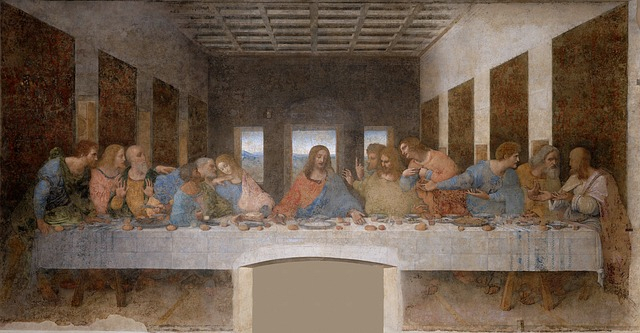
Leonardo da Vinci still commands awe and admiration leaving behind a host of secrets unravelled to the mankind. The world-famous Italian polymath's creations keep the hunt on for knowledge thrust. This time a study was conducted to unveil the truth behind his impaired hand.
The popular belief is that da Vinci was left-handed. Many experts had claimed it could be because da Vinci had a right-hand palsy that was related to a stroke. However, two medical researchers have now reached a different conclusion after analysing a painting, dated back to the 16th century.
Davide Lazzeri, a specialist in plastic reconstructive and aesthetic surgery at the Villa Salaria Clinic in Rome, and Carlo Rossi, a specialist in neurology at the Hospital of Pontedera have now proposed a new perception of the impaired hand of the famous painter.
For the study, they chose a portrait, which was drawn by using red chalk, attributed to 16th-century Italian Renaissance painter Giovan Ambrogio Figino. As per the study, while focusing on that particular masterpiece, the researchers observed that painting includes da Vinci's right arm in folds of clothing and it looks like a bandage. The study draws an inference that this showed the Renaissance man with his right hand in a "stiff, contracted position."
Lazzeri said, "Rather than depicting the typical clenched hand seen in post-stroke muscular spasticity, the picture suggests an alternative diagnosis such as ulnar palsy, commonly known as claw hand."

It is unlikely that a stroke affected da Vinci's use of his right but not his other limbs, his face and body parts. A syncope or a fainting episode could have taken place during which da Vinci might have sustained acute trauma of his right upper limb and developed ulnar palsy, said the researchers.
Since ulnar nerve runs from the shoulder to little finger, it plays a key role to allow movements of hand muscles, hence, the new theory gives an answer to the question why da Vinci was unable to hold a palette, brush and paint with his right hand.
The new study, published in the Journal of the Royal Society of Medicine, strongly opposes previous facts while stating that the hand impairment was not associated with cognitive decline or further motor impairment and this means it was not a stroke.
Lazzeri believes that "This may explain why he left numerous paintings incomplete, including the Mona Lisa, during the last five years of his career as a painter while he continued teaching and drawing."









